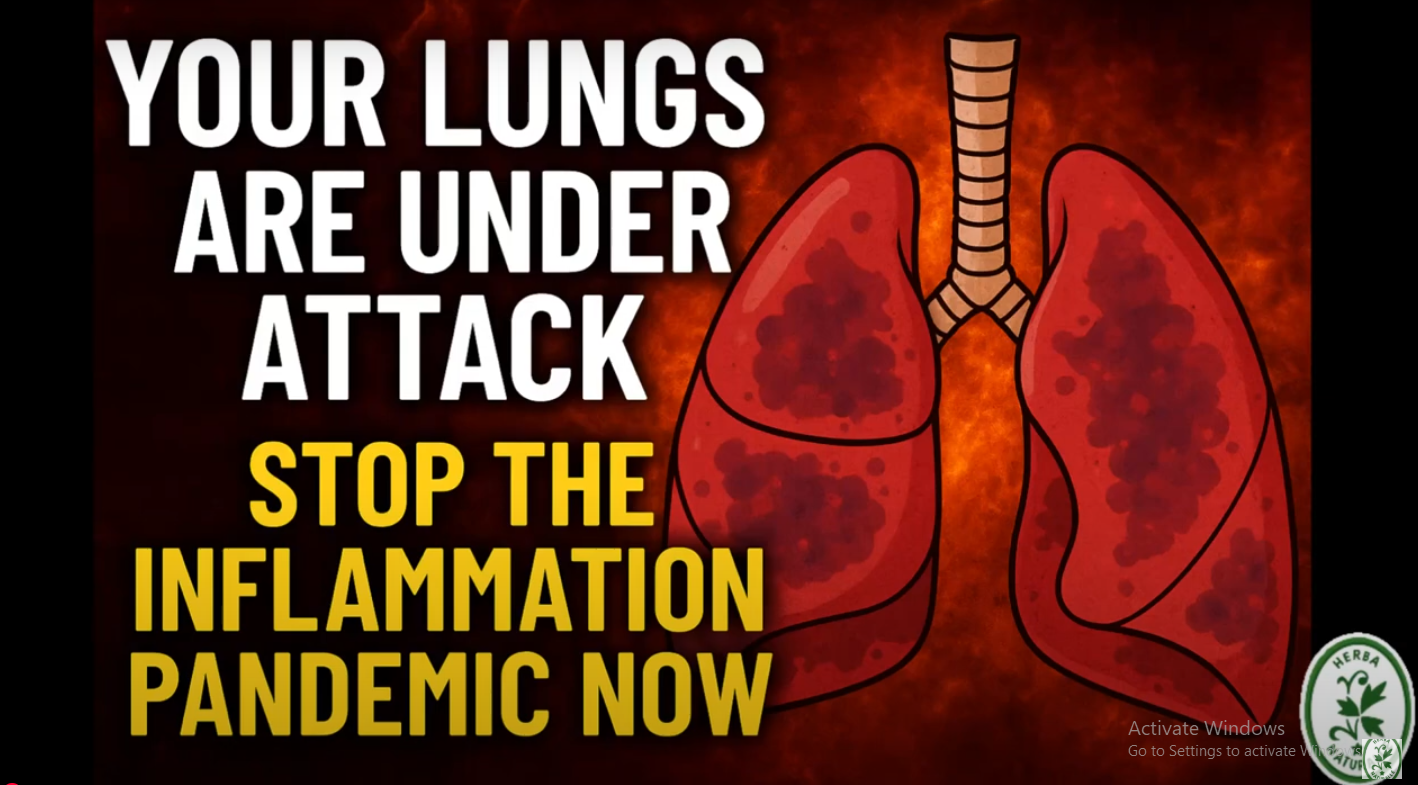
Welcome back to our series, Stop the Inflammation Pandemic.In the last two blogs, we explored how chronic inflammation can disrupt the digestive systemand how our gut is central to our overall health. Today, we’re shifting focus to something even more immediate—the air we breathe, and how it can inflame our nose, sinuses, and lungs.
Your Respiratory System: A Gateway to the World
Every breath you take brings the outside world directly into your body. In a healthy system, your nose and sinuses are lined with a moist mucosal layer that filters and traps dust, pollen, and other particles. It protects you.
But when that lining is dry, inflamed, or overworked, the immune system goes into
overdrive:
You sneeze
Your nose runs
Mucus builds up
You cough
At first, these are protective responses.
But when repeated or unresolved, they become chronic inflammation.
How Inflammation Spirals
When something harmless—like pollen—gets mistaken as a threat, your immune system starts reacting unnecessarily.
This can lead to:
Sinusitis
Post-nasal drip
Asthma
Chronic bronchitis
Ongoing cough or mucus production
The body’s defenses, once helpful, now become a source of imbalance.
Acute vs. Chronic Inflammation
Acute Inflammation
Happens during:
A cold or flu
A short-term infection
Usually resolves in a few days with or without medication.
Chronic Inflammation
Stays long after the initial issue is gone.
The immune system doesn’t shut off
It keeps attacking
You may feel tired, sensitive to allergens, or get sick easily
It can damage the smooth muscle lining of the lungs and airways
This became painfully clear during the COVID-19 pandemic.
Many recovered from the virus—but their lungs didn’t. Why?
Because the immune system became confused and started attacking healthy tissue.
How’s Your Immune System Coping?
Let’s reflect:
✔️ If you bounce back from a cold or flu in a few days, without needing meds, your immune
system is likely well-regulated.
But if you’re:
Sick every few months
Needing frequent antibiotics or steroids
Never fully recovering
That’s a clear sign: Your body needs support.
✅ Immune Modulation—Not Suppression
We don’t want to suppress the immune system.
We want to modulate it. Help it:
Respond appropriately to real threats (like viruses, bacteria, even cancer cells)
But ignore harmless things (like dust or food)
The good news? Your body already knows how to do this. It just needs the right environment.
Step 1: Clean Up the Diet (3 Months Minimum)
To calm inflammation, remove common irritants:
Cut out wheat, dairy, yeast, processed and hybrid grains
Add antioxidant-rich foods: red and purple fruits and vegetables (like berries, red
cabbage, beetroot)
These foods help repair tissue and lower inflammatory responses.
Step 2: Herbal Support (3–6 Months)
Let’s add herbal formulations that work on different parts of your respiratory system.
Core Remedy: Marshmallow Root Plus
Soothes inflammation from nose to lungs
Moisturizes and protects the entire respiratory tract
For Upper Respiratory (nose, sinuses, throat): Elderflower Complex
Clears mucosal buildup
Opens sinuses
Reduces inflammation gently but effectively
For Lower Respiratory (lungs and bronchioles): Lungwort Plus
Thins mucus
Removes phlegm
Heals and strengthens lung tissue
You can combine these if both areas are affected. Take them daily alongside the elimination diet for best results.
A Note on Medications
If you’re currently on:
Steroids
Immune suppressants
Long-term medications
Please consult a holistic medical practitioner before starting herbs. You need tailored support to avoid interactions and promote healing safely.
Your Breath Is Sacred
Your breath connects you to life itself.
Chronic respiratory inflammation can rob you of energy, clarity, and comfort—but you can
reclaim your health.
With the right diet, herbal support, and gentle lifestyle shifts, your body will remember how
to heal itself.
What’s Next?
In the next installment of our blog series, we’ll explore how inflammation affects the urinary tract—another area often overlooked until symptoms become severe. Let’s keep uncovering the puzzle, one system at a time.
Thank you for reading. If this blog resonates with you or someone you love, please share it. Healing is possible—and often begins with understanding.
Recent Posts

26 March, 2025

25 March, 2025

